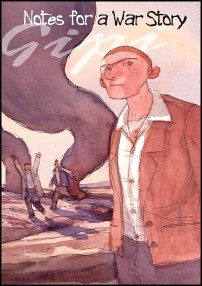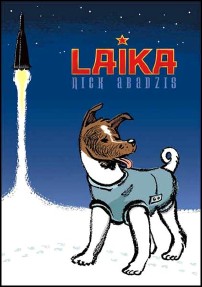Li’l Abner Lost in Hollywood, by Michael H. Price
 Sustained flashback to 1940, and to an early stage of confidence and high promise for Al Capp’s long-running comic strip, Li’l Abner. Conventional wisdom, bolstered by accounts from Capp his ownself, holds that the name Yokum is a combination of “yokel” and “hokum.” That would be Yokum, as in Abner Yokum and his rural Southern lineage.
Sustained flashback to 1940, and to an early stage of confidence and high promise for Al Capp’s long-running comic strip, Li’l Abner. Conventional wisdom, bolstered by accounts from Capp his ownself, holds that the name Yokum is a combination of “yokel” and “hokum.” That would be Yokum, as in Abner Yokum and his rural Southern lineage.
Such an explanation also might seem to demean the resourceful gumption that Li’l Abner Yokum and his family represent. Capp established a deeper meaning for the name during a series of visits around 1965-1970 with comics historian George E. Turner and Yrs. Trly.
“There are many real-life Yokums around the South,” explained Capp. “Some spell the name like Abner’s, with variations including Yoakam and Yokom, and so forth. It’s phonetic Hebrew – that’s what it is, all right – and that’s what I was getting at with the name Yokum, more so than any attempt to sound hickish. That was a fortunate coincidence, of course, that the name should pack a backwoods connotation.
“But it’s a godly conceit, really, playing off a godly name – Joachim means “God’s determination,” something like that – that also happens to have a rustic ring to it,” Capp added. “When I came up with that ‘yokel-plus-hokum’ bit in some early interviews, I was steering clear of any such damned-fool intellectualism. It helps to keep things looking simple for the massed readership, when you’re trying to be subversive with a cartoon.” (One such “yokel/hokum” reference appears in an article on Capp’s success with Li’l Abner in the November 1942 issue of Coronet magazine.)
A.D. 1940 is a significant point, here, in that the year marked Abner’s first leap from the funnypapers onto the moving-picture screen.


 Let me be honest: I don’t know all that much about manga. I’ve read a few series (going back to
Let me be honest: I don’t know all that much about manga. I’ve read a few series (going back to 
 If a man is to be judged by his enemies, Patrick Leahy is golden. He was, as was widely reported, told to do an anatomically impossible act on himself by our always-classy Vice President, the Honorable Dick Cheney, and badmouthed by James Dobson, leader of Focus on the Family. Great foes to have.
If a man is to be judged by his enemies, Patrick Leahy is golden. He was, as was widely reported, told to do an anatomically impossible act on himself by our always-classy Vice President, the Honorable Dick Cheney, and badmouthed by James Dobson, leader of Focus on the Family. Great foes to have.











